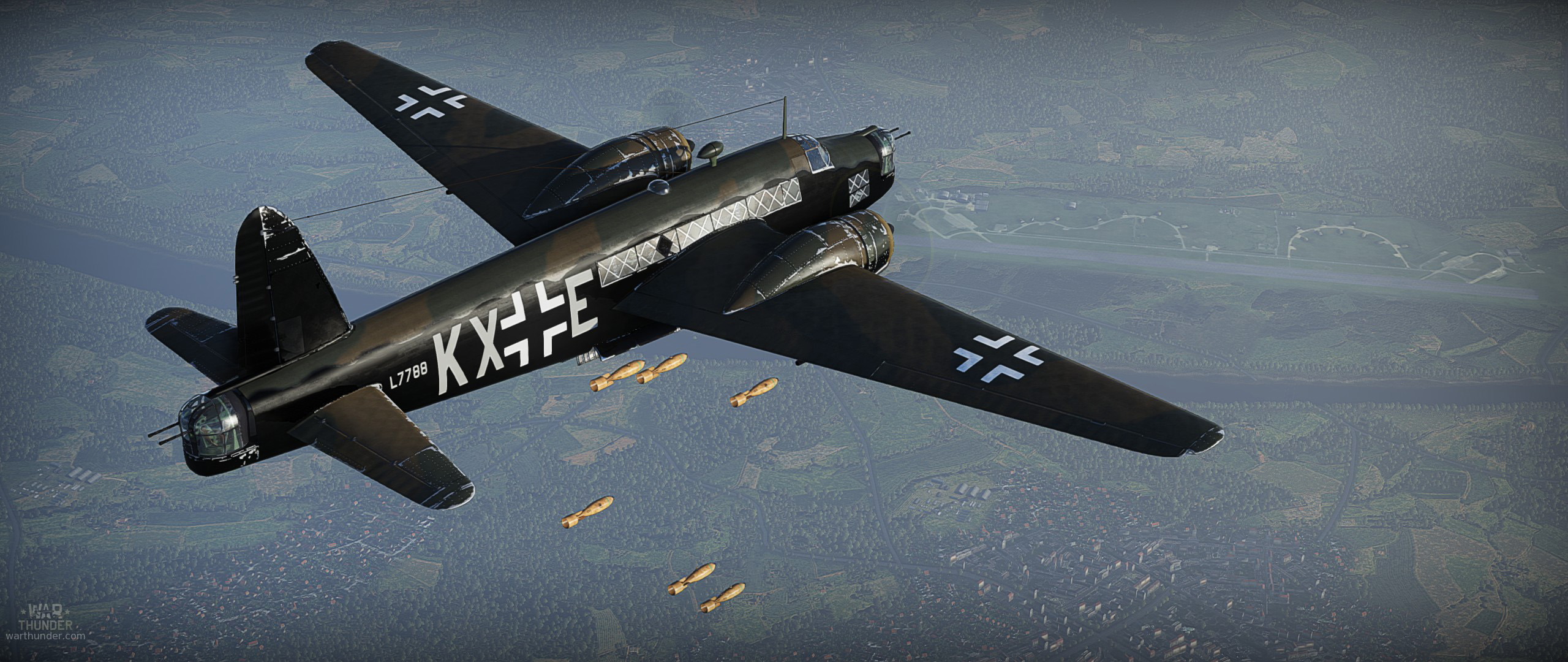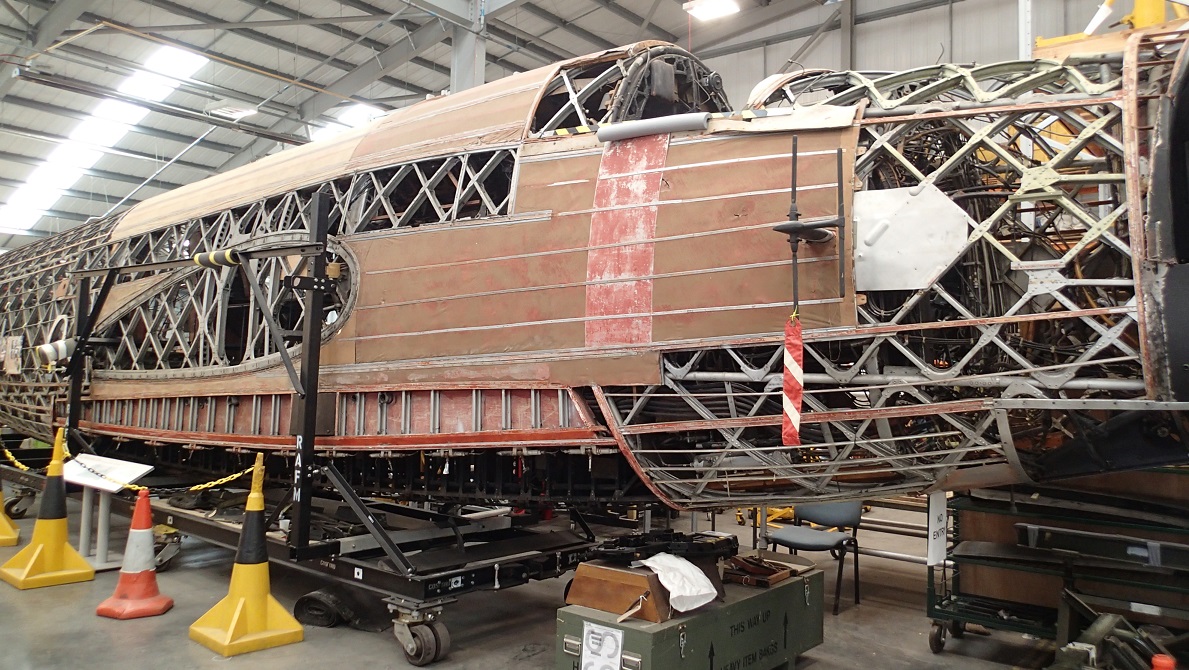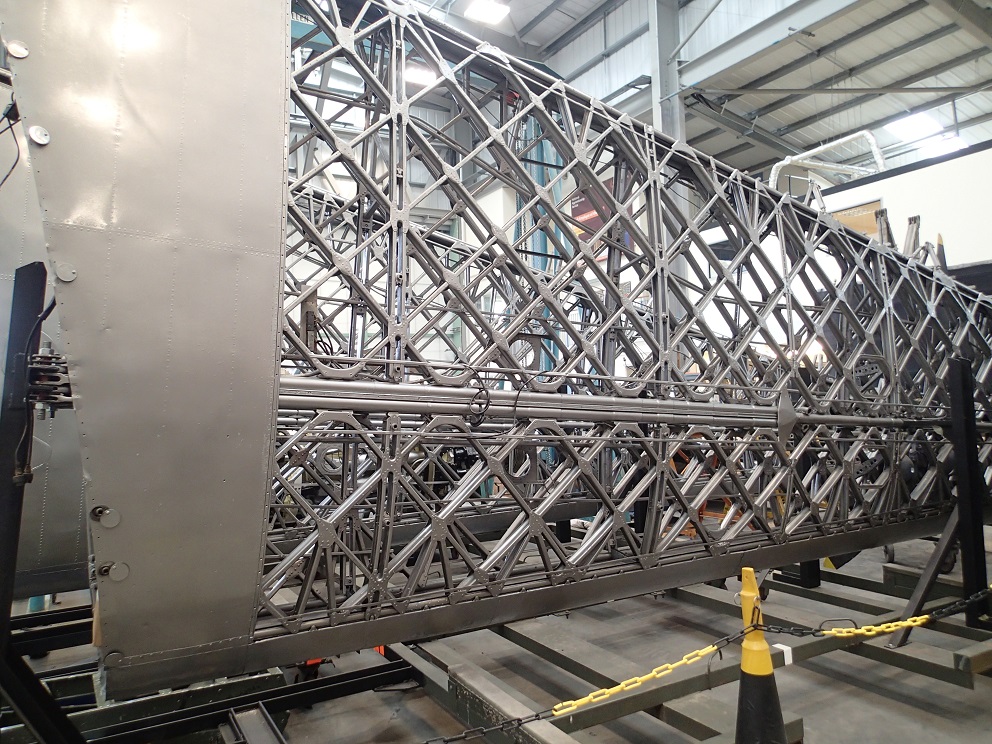
- For PC
- For MAC
- For Linux
- OS: Windows 10 (64 bit)
- Processor: Dual-Core 2.2 GHz
- Memory: 4GB
- Video Card: DirectX 11 level video card: AMD Radeon 77XX / NVIDIA GeForce GTX 660. The minimum supported resolution for the game is 720p.
- Network: Broadband Internet connection
- Hard Drive: 23.1 GB (Minimal client)
- OS: Windows 10/11 (64 bit)
- Processor: Intel Core i5 or Ryzen 5 3600 and better
- Memory: 16 GB and more
- Video Card: DirectX 11 level video card or higher and drivers: Nvidia GeForce 1060 and higher, Radeon RX 570 and higher
- Network: Broadband Internet connection
- Hard Drive: 75.9 GB (Full client)
- OS: Mac OS Big Sur 11.0 or newer
- Processor: Core i5, minimum 2.2GHz (Intel Xeon is not supported)
- Memory: 6 GB
- Video Card: Intel Iris Pro 5200 (Mac), or analog from AMD/Nvidia for Mac. Minimum supported resolution for the game is 720p with Metal support.
- Network: Broadband Internet connection
- Hard Drive: 22.1 GB (Minimal client)
- OS: Mac OS Big Sur 11.0 or newer
- Processor: Core i7 (Intel Xeon is not supported)
- Memory: 8 GB
- Video Card: Radeon Vega II or higher with Metal support.
- Network: Broadband Internet connection
- Hard Drive: 62.2 GB (Full client)
- OS: Most modern 64bit Linux distributions
- Processor: Dual-Core 2.4 GHz
- Memory: 4 GB
- Video Card: NVIDIA 660 with latest proprietary drivers (not older than 6 months) / similar AMD with latest proprietary drivers (not older than 6 months; the minimum supported resolution for the game is 720p) with Vulkan support.
- Network: Broadband Internet connection
- Hard Drive: 22.1 GB (Minimal client)
- OS: Ubuntu 20.04 64bit
- Processor: Intel Core i7
- Memory: 16 GB
- Video Card: NVIDIA 1060 with latest proprietary drivers (not older than 6 months) / similar AMD (Radeon RX 570) with latest proprietary drivers (not older than 6 months) with Vulkan support.
- Network: Broadband Internet connection
- Hard Drive: 62.2 GB (Full client)

Captured Vickers Wellington Mk.Ic. Unit: Luftwaffe test center. Serial: KX-E (L7788)
camouflage created by Paegas | Download here!
Performance wise the Willington was not notably remarkable, its strength lay on the inside. Devised by one of the greatest innovative thinkers in history, Sir Barnes Neville Wallis devised a geodesic (geodetic) structure resulting in an exceptionally strong airframe. Together with Reginald Kirshaw "Rex" Pierson they designed their record making “Vickers Wellesley” opening the way for the “Wellington” and larger “Warwick”. With high aspect ratio wing and spacious fuselage it proved capable of handling a myriad of missions including early airborne radar and robust enough to absorb severe damage and fly home. Although the bomb bay configuration limited bomb size its payload was slightly more than the Heinkel He-111H-3 and with greater range. It is also one of the first aircraft to have a powered turret in the extreme tail with a very wide arc; however it still was inadequate to defend itself against attacking fighters and early models lacked self sealing fuel tanks. Still, this aircraft was admired by crews and affectionately called “Wimpy” after Popeye’s hamburger loving friend due to its portly appearance. Over 11,000 made it equiped many RAF squadrons including those comprised of foreign crews like the Polish (4 squadrons), New Zealand (No. 75), and Czech (No, 311) one of which was captured by Germans who used it for intel and training. “Viking”, a passenger transport variant, became the world's first pure jet transport prototype aircraft in 1948.
 |
| Wellington at RAF Museum Cosford undergoing complete restoration showing the geodesic frame with the tan areas the fabric covering over the structure |
In the game the Wimpey is a solid easy to fly bomber and very profitable with a 4500 lb (2041 kg) bomb load. In game all the Mk I’s (Mark 1) including Premium German are Tier 2, 3.3 BR in both AB and RB . Non-premium default bomb load is paltry 10x 250lb (117 kg) so upgrading is imperative to unlock the 18x 250 or 9x 500 “pounders” (500lb (226 kg)) option. In AB the winning tactic is to climb high and do base bombing with 500’s “from orbit”; it helps to have escorts. In RB you air start so you have the advantage to trade altitude for airspeed and bomb ground targets and retreat before ground starting enemy fighters arrive, however be close to friendlies to intercept chasers.
Upgrading and crew training any bomber is very important, for the UK Wimpey one must do this in order: Unlock the Turret 7mm ammo first, then the TC mk.I (torpedo) rack, and then the LBC mk.I. Unlocking the 7mm ammo access “Universal” AP-I load as one works up to the bomb rack for 18x 250 or 9x 500. After that you can pursue your choice of upgrades. As with all bomber, crew training with at least “Expert Qualification” is important for profitable missions. UK Wellington’s offer 2x 1000lb (with 6x 250lb) and single 4000lb bomb, the latter being best for base bombing. There is a torpedo option in the rare case you can use it and are brave enough to try. The German Premium is fully unlocked but bomb selection limited to 18x 250’s or 9x 500’s and insure ammo is on “Universal”.
 |
| Wing outboard of engine, showing main spar in the geodesic lattice work |
Wimpey’s are great Tier 2 turret platforms, wide arcs and stable flight, and except for engine fire are rugged. If your flight controls are shot out, adjustment of engine power will allow stable flight and more opportunities to fight back. Just remember it has only .303 (7mm) mg’s so it is more luck to earn kill with them.
If you attack a Wellington, focus on engines, they are relatively easy to start on fire. While you should not worry too much about the turret, do not hang around either, and dead 6 attack is still dangerous.
Both the UK and German Mk I’s are identical the only difference being the UK Mk.1c/Late model was move beam (side) turrets from above the wing to behind it. It is excellent bomber on UK side, and on German side an excellent alternative to the He-111H-6.
Author: Joe “Pony51” Kudrna
In one of the upcoming updates, we will introduce:
"Braying Donkey" Emblem, No. 37 Squadron RAF, Egypt 1942 and "The Fiery Queen" Pin-up, No. 425 (Alouette) Squadron RCAF:
Decals made by Jej 'CharlieFoxtrot' Ortiz and Colin 'Fenris' Muir





